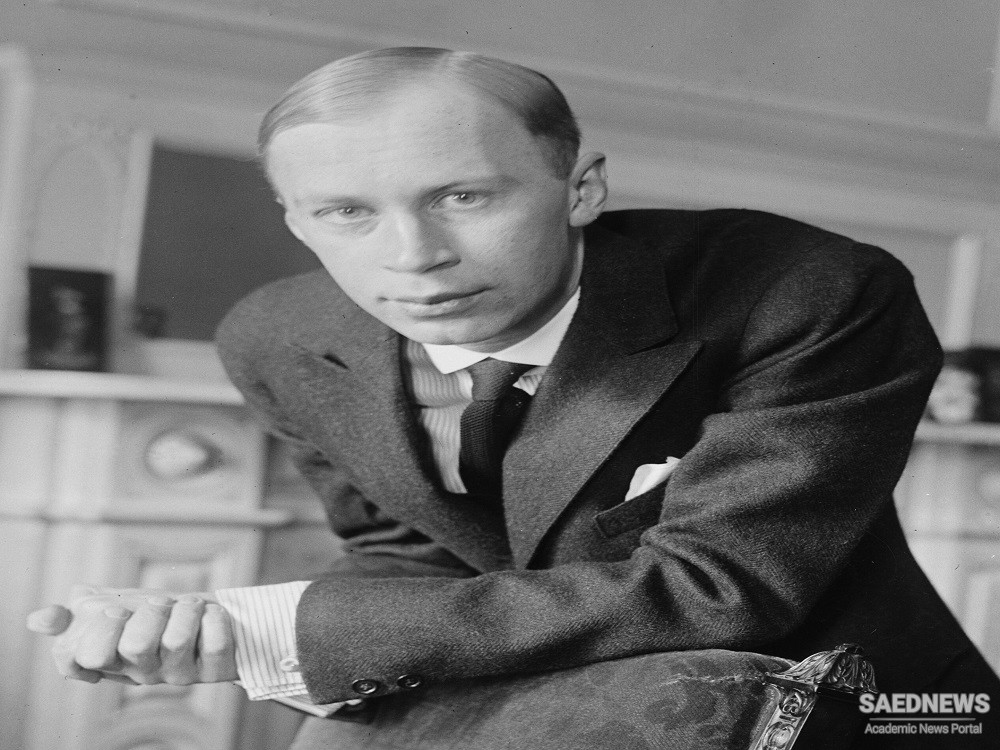Prokofiev was born into a family of agriculturalists. Village life, with its peasant songs, left a permanent imprint on him. His mother, a good pianist, became the child’s first mentor in music and arranged trips to the opera in Moscow. Meanwhile, the Russian composer Reinhold Glière twice went to Sontsovka in the summer months to train and prepare young Sergey for entrance into the conservatory at St. Petersburg. Prokofiev’s years at the conservatory— 1904 to 1914—were a period of swift creative growth, and when he graduated he was awarded the Anton Rubinstein Prize in piano for a brilliant performance of his own first large-scale work—the Piano Concerto No. 1 in D-flat Major.
Contacts with the then new currents in theatre, poetry, and painting played an important role in Prokofiev’s development. He was attracted by the work of modernist Russian poets; by the paintings of the Russian followers of Paul Cézanne and Pablo Picasso; and by the theatrical ideas of Vsevolod Meyerhold. In 1914 Prokofiev became acquainted with the ballet impresario Serge Diaghilev, who became one of his most influential advisers for the next decade and a half.
The prerevolutionary period of Prokofiev’s work was marked by intense exploration. The harmonic thought and design of his work grew more and more complicated. Prokofiev wrote the ballet Ala and Lolli (1914), on themes of ancient Slav mythology, for Diaghilev, who rejected it. Thereupon, Prokofiev reworked the music into the Scythian Suite for orchestra. Its premiere, in 1916, caused a scandal but was the culmination of his career in Petrograd (St. Petersburg). The ballet The Tale of the Buffoon Who Outjested Seven Buffoons (1915; reworked as The Buffoon, 1915–20), also commissioned by Diaghilev, was based on a folktale; it served as a stimulus for Prokofiev’s searching experiments in the renewal of Russian music. Prokofiev also was active in the field of opera. In 1915–16 he composed The Gambler, a brilliant adaptation of the novella by Fyodor Dostoyevsky. Continuing the operatic tradition of Modest Mussorgsky, Prokofiev skillfully combined subtle lyricism, satiric malice, narrative precision, and dramatic impact. During this period, Prokofiev achieved great recognition for his first two piano concerti—the first the one-movement Concerto in D-flat Major (1911) and the second the dramatic four-movement Concerto in G Minor (1913).
The year 1917—during which there were two Russian revolutions—was astonishingly productive for Prokofiev. As if inspired by feelings of social and national renewal, he wrote within one year an immense quantity of new music: he composed two sonatas, the Violin Concerto No. 1 in D Major, the Classical Symphony, and the choral work Seven, They Are Seven; he began the magnificent Piano Concerto No. 3 in C Major; and he planned a new opera, The Love for Three Oranges, after a comedy tale by the 18th-century Italian dramatist Carlo Gozzi, as translated and adapted by Meyerhold. In the summer of 1917 Prokofiev was included in the Council of Workers in the Arts, which led Russia’s left wing of artistic activity. He later concluded that music had no place in the council’s activities and decided to leave Russia temporarily to undertake a concert tour abroad.


 Sergey Rachmaninoff
Sergey Rachmaninoff














































